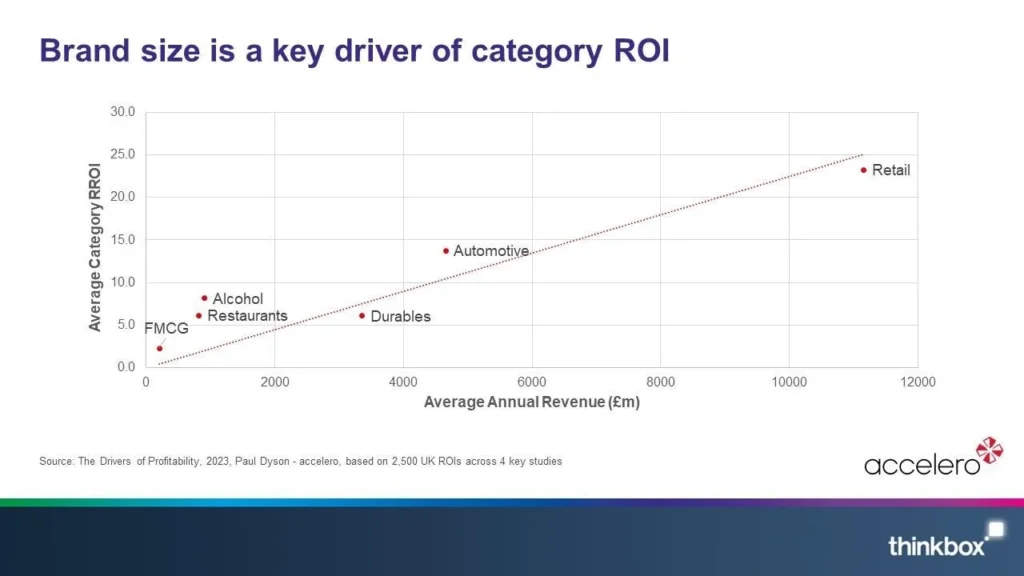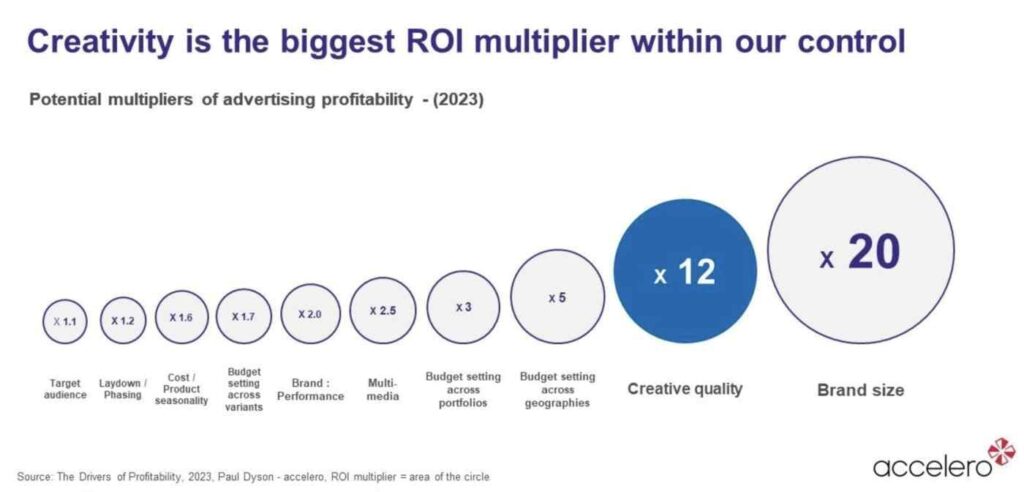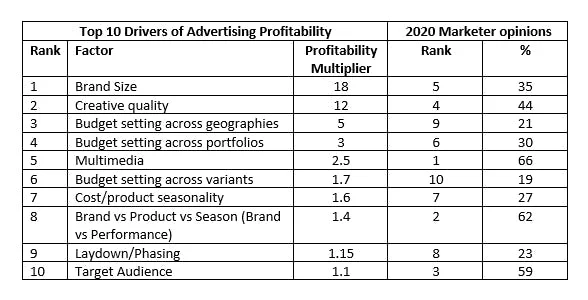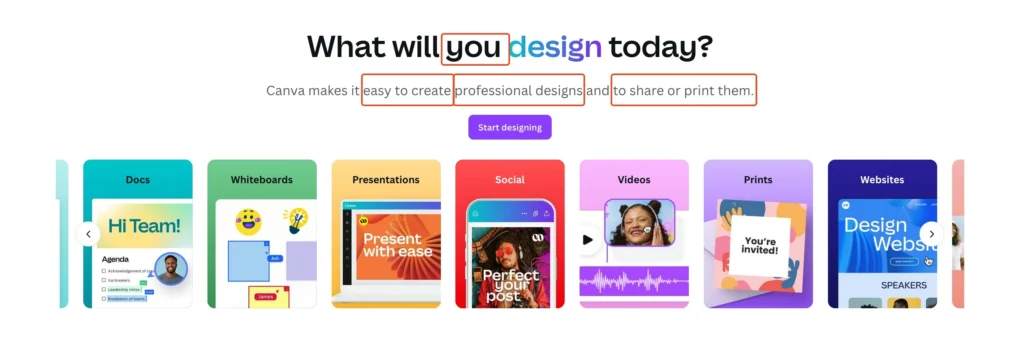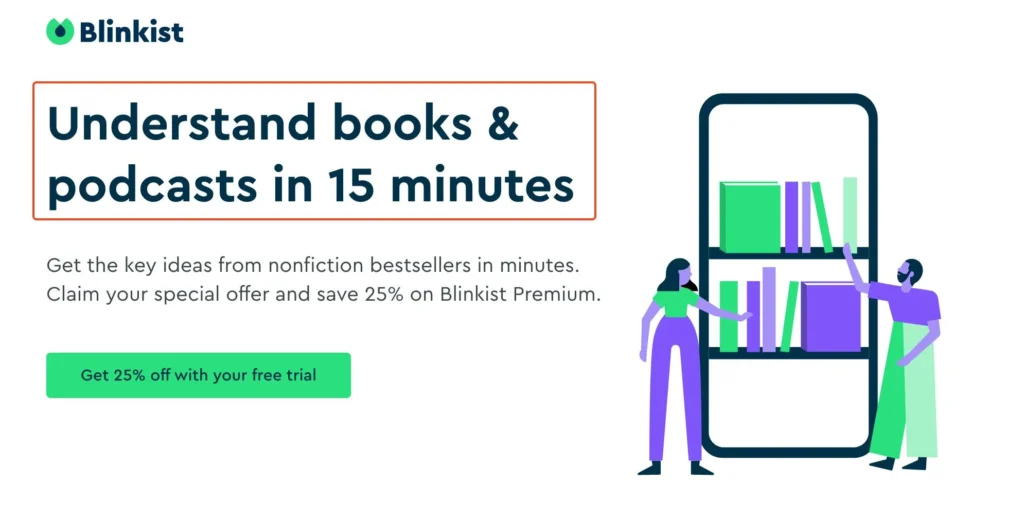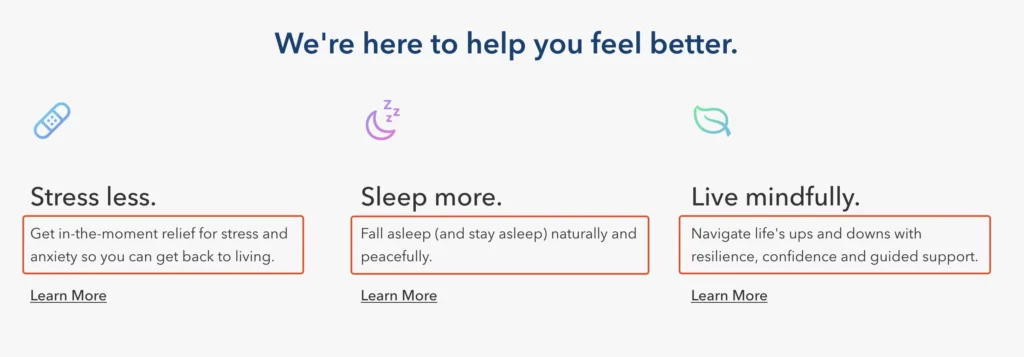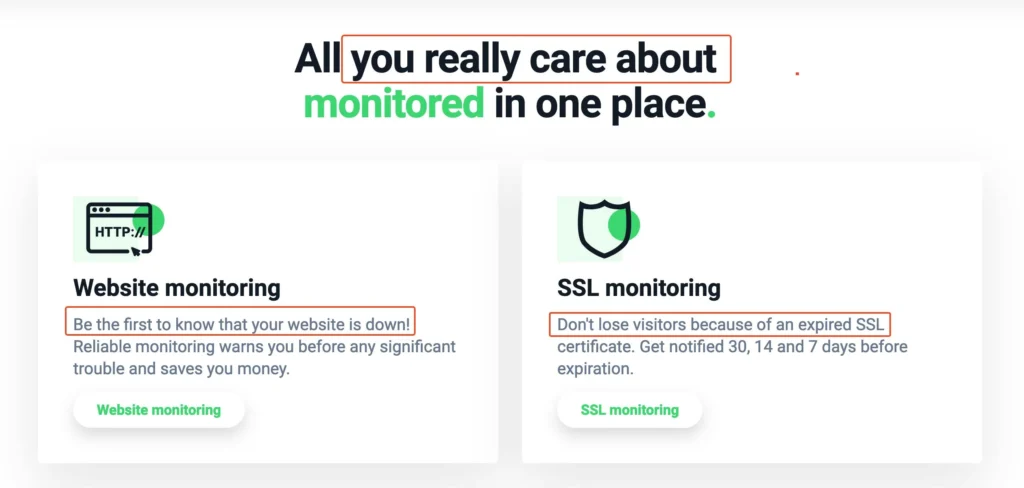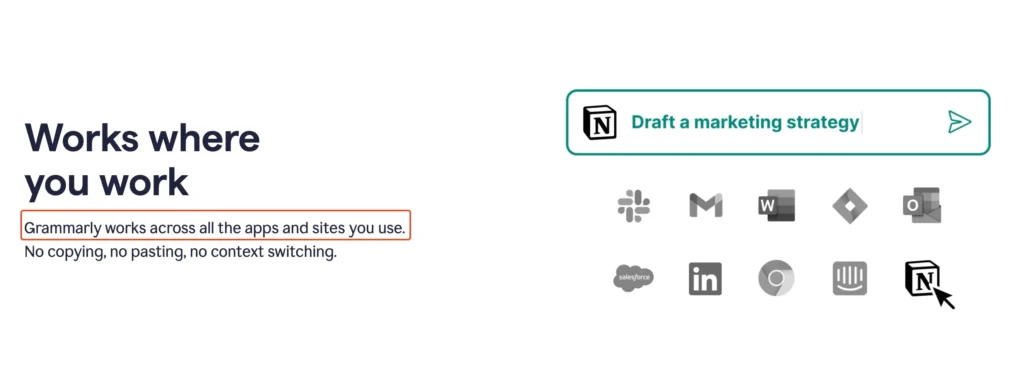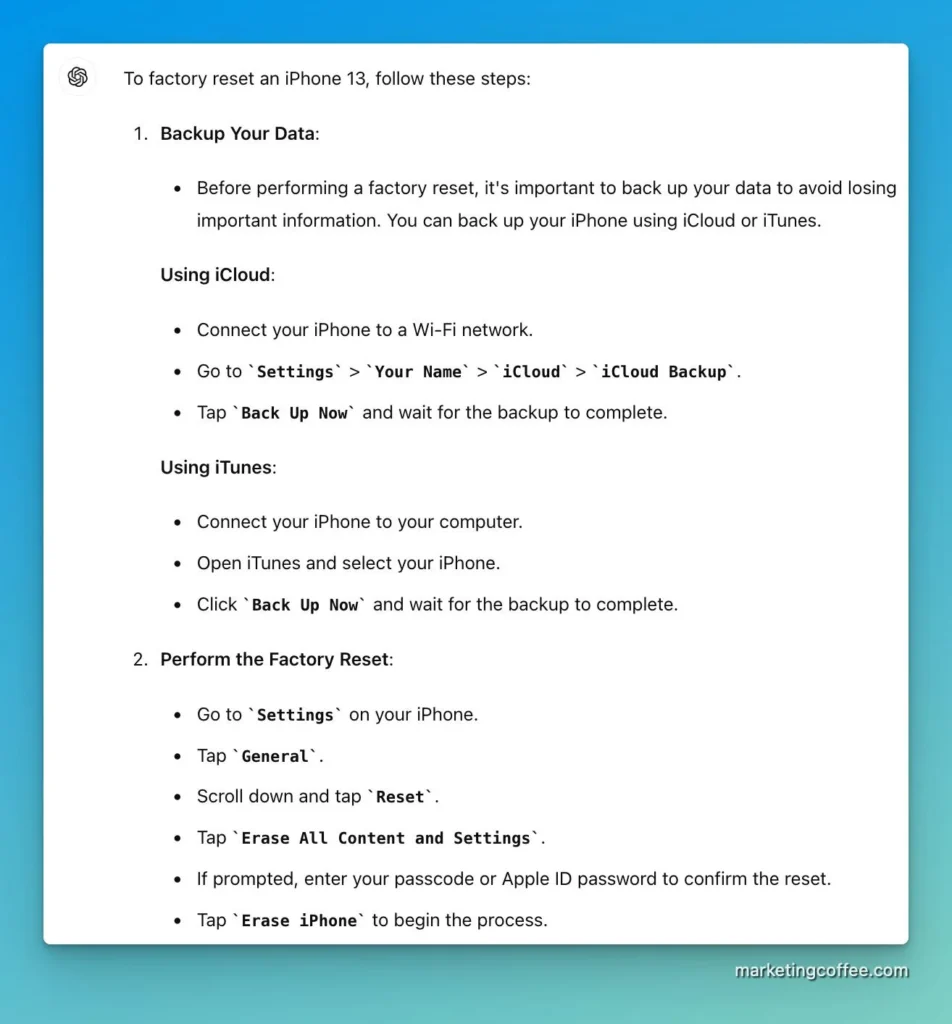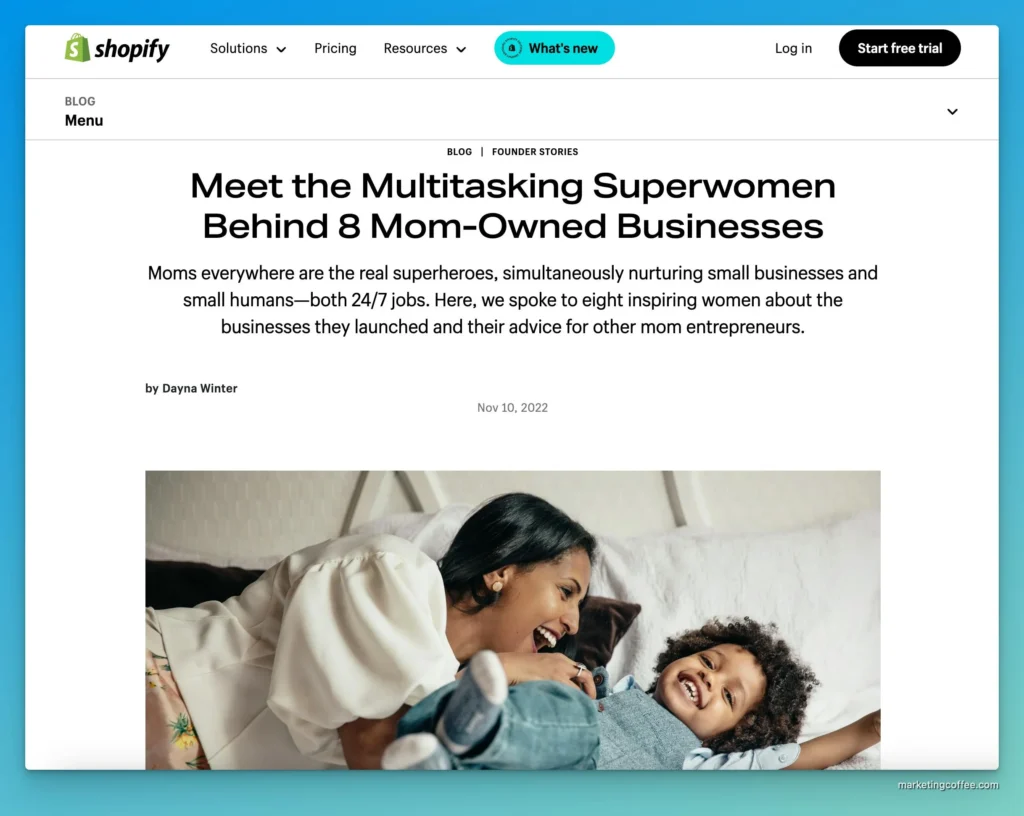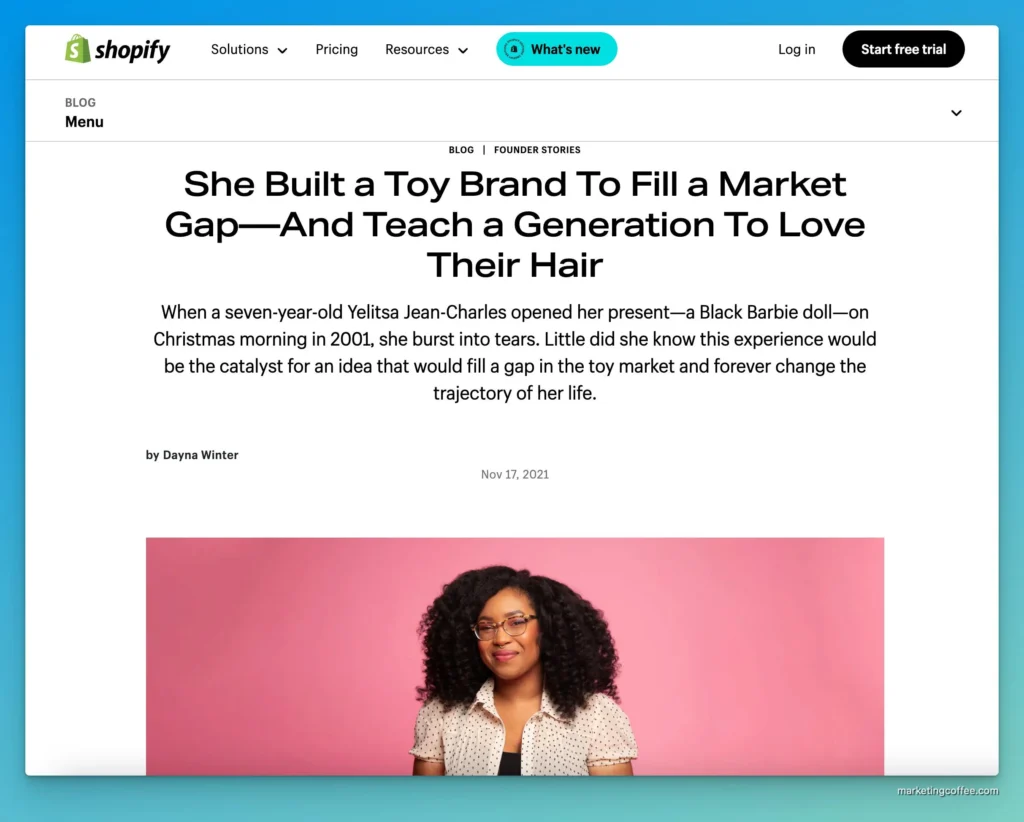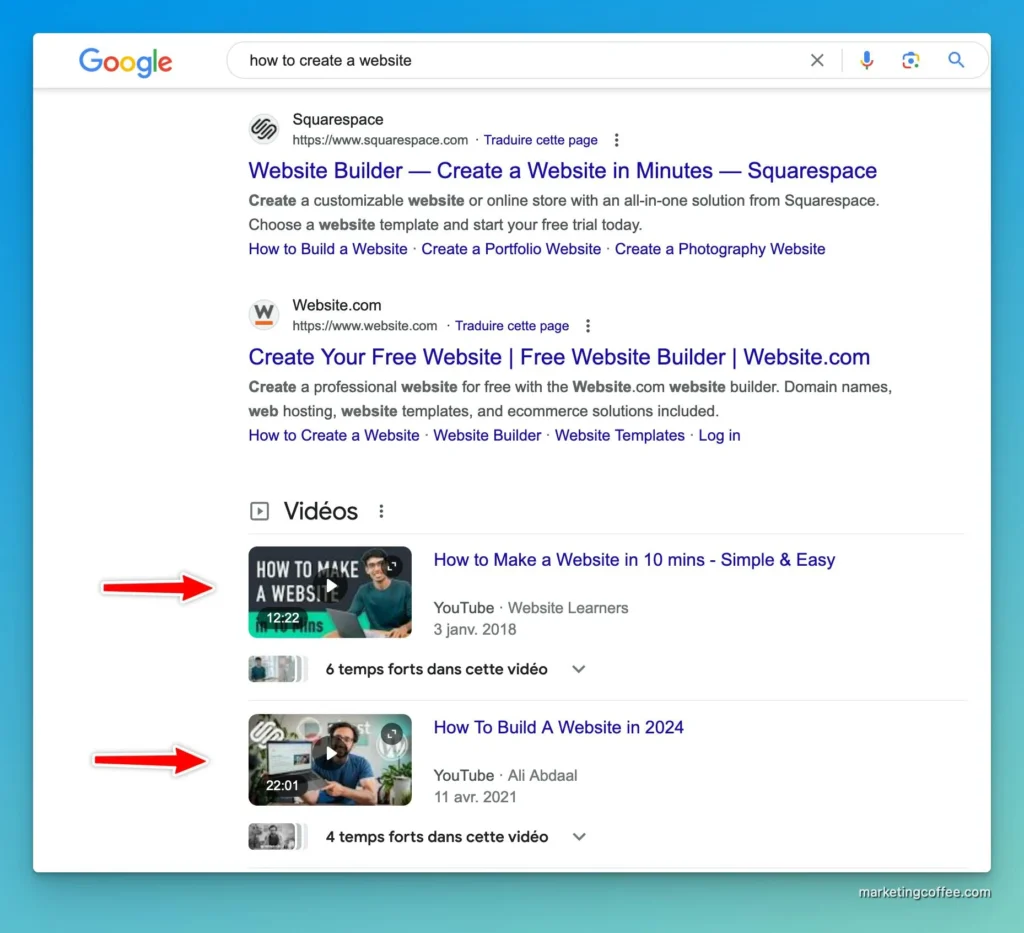Getting a marketing job isn’t easy, especially in a bad job market.
I’ve been fortunate enough to work as a marketer for various companies. Before getting these jobs, I always wrote personalized, genuine cover letters, and they worked every time.
I am not saying I got accepted to every job I applied to; far from that.
But for every batch of jobs I applied to, I got accepted to one of them.
Today, I’m sharing a real-life, practical cover letter recipe you can use.
The one below is inspired by the cover letter I sent to my current employer.
Here’s how you can create a marketing cover letter that works.
Start with in-depth job description analysis
Every job offer is unique. Some are factual and straight to the point. Others lean on storytelling.
Regardless of the approach, start by analyzing the key aspects and topics of the job description.
It seems simple. Yet many people overlook this step and end up with cover letters that feel disconnected from the job description. In doing so, they set themselves up for failure.
You can even highlight the key terms, so you’ll have an easier time remembering them later when writing your cover letter.
This is the intro paragraph of the job offer I applied for about six months ago.
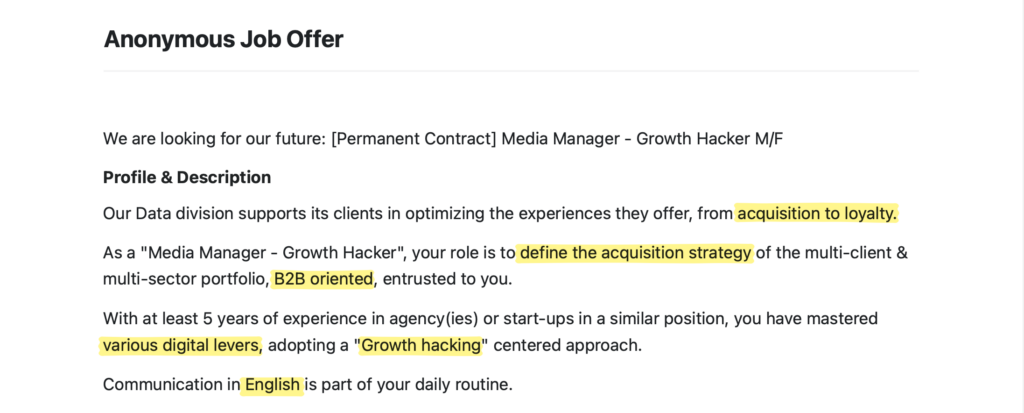
The introduction paragraph outlines several key topics. There is a strong emphasis on acquisition, and I can identify several keywords I will reuse later.
- Acquisition
- B2B environment
- Various digital levers
- Growth hacking
- English language
Let’s see what the rest of the job description can tell us. At this point, I’m trying to identify other essential skills and concepts that I can relate to and will use in my cover letter.
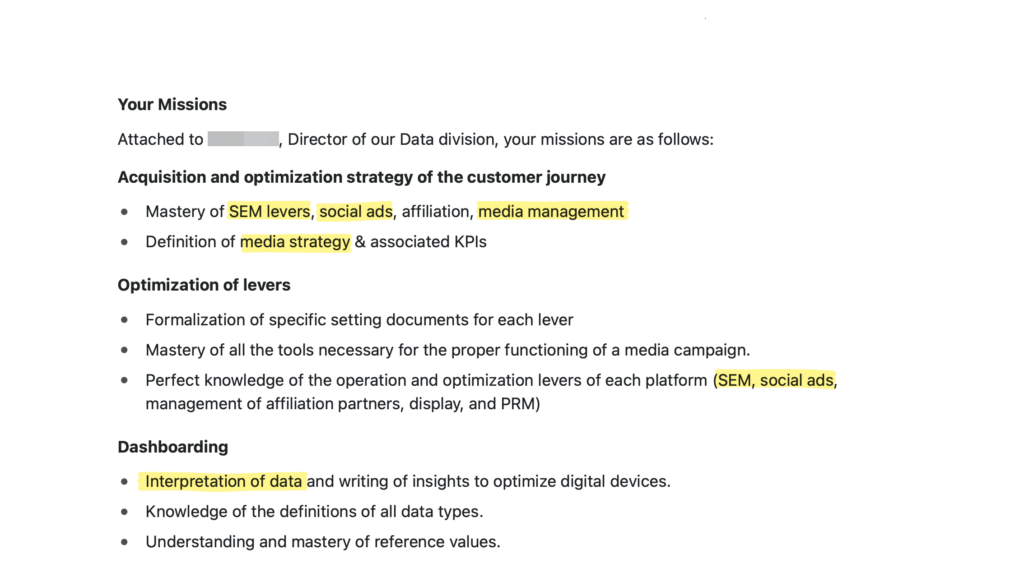
The following key terms keep appearing as we scroll down to the job’s missions
- SEM
- Social ads
- Media management
- Data reporting
That’s enough for the job description’s analysis. Let’s move on.
Ensure you know enough about the job and company
Having previously interviewed candidates for marketing jobs, I cannot tell you how frustrating it feels to know that the person you’re interviewing doesn’t know about the company or the job they’re applying to.
If you’re serious about working for that company, make sure that you feel comfortable talking about its services, products, values, and work environment.
Start by visiting their website. Read case studies and watch videos of the leadership.
Take time to digest the job description and research concepts you’re unfamiliar with. This will help you during the interview process.
Now, let’s write this cover letter.
The marketing cover letter recipe that works
Step 1: spark familiarity and reassurance with your intro paragraph
The introduction paragraph should clarify two things: you are a qualified candidate for this job and will bring relevant experience.
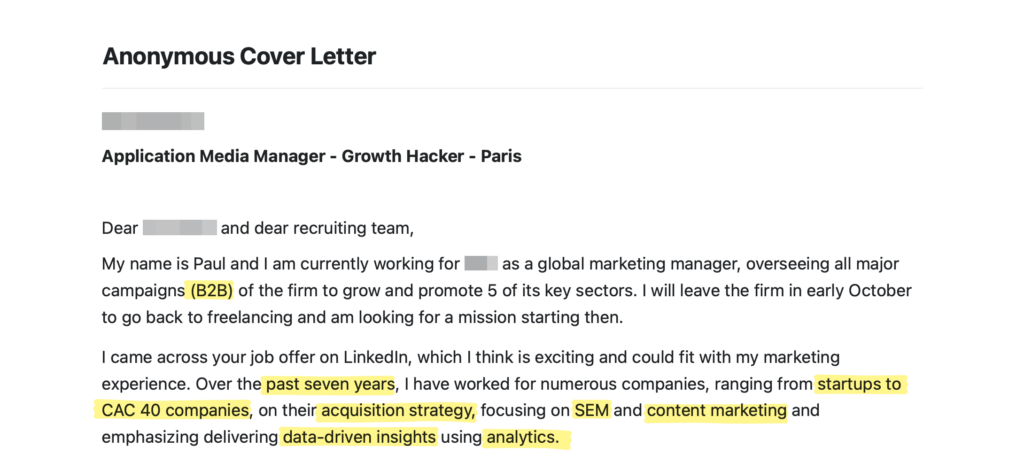
My introduction paragraph starts by introducing the context and reasons why I’m applying for the job. It also makes it easy for the employer to understand that I have B2B marketing experience by referring to « seven years, » « numerous companies, » and « acquisition strategy. »
Step 2: connect the dots with your intermediary paragraph
Your middle paragraph(s) are all about connecting your experience with the job description. In my example, I refer to « growth hacking mindset, » « media campaigns, » « B2B setting, » and « measuring performance » to connect with the job offer’s requirements.

I intentionally omitted several experiences to focus on the most relevant ones for this position.
Step 3: create a call to action to maximize your chances
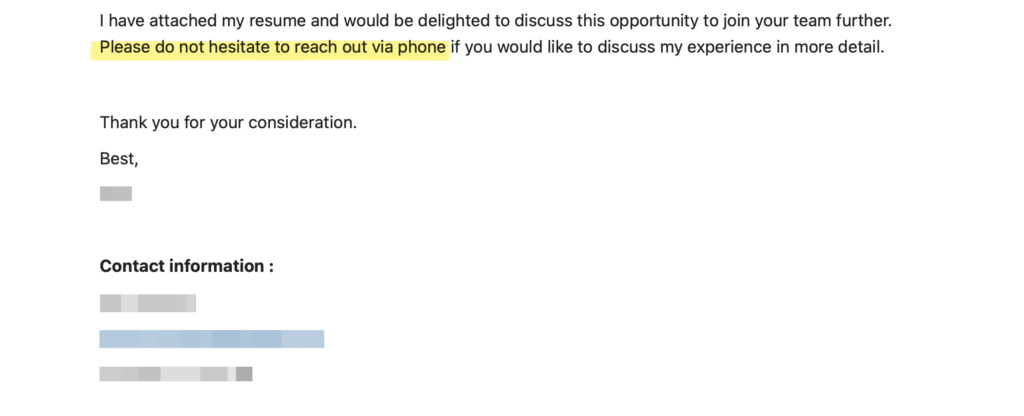
Your last paragraph should focus on sparking action. In my case, I encourage my reader to call me directly (instead of sending an email). I’m intentionally narrowing down the CTA to one action to make it easier for my reader to act.
Over to you
Et voilà! You’re set to apply for your next marketing job.
Here’s the magic recipe for a marketing cover letter that works:
- Get familiar with the job offer and company
- Stay sharp and concise
- Familiarity and reassurance from the beginning
- Connect the dots with the job description
- Create a call to action
That’s it for today. If you found this interesting, consider subscribing to my newsletter.
It’s free – and I will send you 3 new marketing hacks you can use immediately every week.



